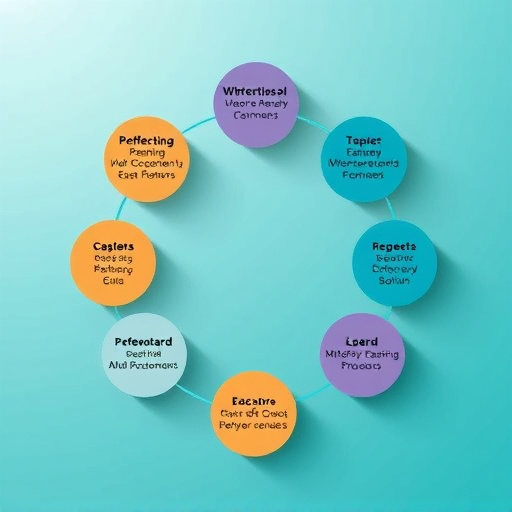Universal Emissions Compliance (UEC) is a groundbreaking initiative harmonizing air emissions regulation across all 50 U.S. states, simplifying compliance for sectors like power generation, transportation, and industry through uniform legal intake systems. This approach enhances enforcement efficiency, promotes transparency, and reduces administrative burdens, marking a significant step towards environmental stewardship and a cleaner planet. Adopting the EPA-approved 50-state legal intake systems is crucial for businesses to navigate complex emissions compliance, avoid fines, mitigate reputational risks, and demonstrate their commitment to sustainability.
“In an era where environmental stewardship is a global imperative, achieving universal emissions compliance emerges as a cornerstone of sustainable development. This article offers a comprehensive guide to navigating this complex landscape. We explore ‘Understanding Universal Emissions Compliance’ and dissect the intricate ’50-State Legal Landscape’, revealing pathways toward uniformity in environmental regulations. Additionally, we equip businesses with practical strategies for ‘Implementing Approved Systems’, ensuring they masterfully conform to emissions standards across jurisdictions.”
- Understanding Universal Emissions Compliance: A Comprehensive Overview
- The 50-State Legal Landscape: Unlocking Uniformity in Environmental Regulations
- Implementing Approved Systems: Strategies for Businesses to Navigate Emissions Compliance
Understanding Universal Emissions Compliance: A Comprehensive Overview

Universal Emissions Compliance (UEC) refers to a comprehensive framework designed to regulate and control air emissions across all 50 states in the U.S. This unified approach streamlines the regulatory process, making it easier for businesses to navigate and comply with environmental standards. The key lies in the approval of uniform legal intake systems, ensuring consistency in how emission data is collected and reported. These systems, backed by federal guidelines and state-level adaptations, provide a robust framework that covers various sectors, including power generation, transportation, and industrial operations.
By adopting UEC, states can leverage shared resources and expertise, leading to more efficient enforcement and monitoring. This standardization also fosters transparency and reduces the administrative burden on businesses operating across multiple jurisdictions. With 50-state legal intake systems approved, companies can now manage their emissions compliance in a unified manner, contributing to a cleaner and healthier environment while simplifying regulatory adherence.
The 50-State Legal Landscape: Unlocking Uniformity in Environmental Regulations

The United States’ environmental regulatory landscape is a complex mosaic, shaped by the interplay of federal and state laws. Each state has its own set of regulations, creating a 50-state legal intake system that can be challenging for businesses operating nationwide to navigate. Despite these variations, there’s a growing push towards uniformity, especially with universal emissions compliance as a top priority.
To achieve this, many states have adopted the federal Environmental Protection Agency (EPA) standards as their own, ensuring consistency across state lines. This approach, coupled with the EPA’s authority, streamlines the process for companies to meet environmental regulations. The 50-state legal intake systems approved by the EPA provide a unified framework, making it easier for businesses to comply and fostering a more sustainable future nationwide.
Implementing Approved Systems: Strategies for Businesses to Navigate Emissions Compliance

Implementing approved systems is a strategic imperative for businesses aiming to navigate emissions compliance across the 50 states. With varying environmental regulations and legal frameworks, staying compliant can be complex. Businesses must invest in robust, 50-state legal intake systems approved for tracking and managing their greenhouse gas (GHG) emissions. These systems streamline data collection, ensure accuracy, and facilitate reporting to regulatory bodies.
By adopting such systems, companies can confidently demonstrate adherence to stringent environmental standards, avoid hefty fines, and mitigate reputational risks associated with noncompliance. Moreover, leveraging these tools enables businesses to identify emission hotspots, implement effective reduction strategies, and showcase their commitment to sustainability—a growing concern among consumers and investors alike.
Universal emissions compliance is no longer a niche concern but a critical, unified necessity. By understanding the 50-state legal landscape and implementing approved intake systems, businesses can effectively navigate emissions regulations. Embracing these strategies ensures environmental stewardship while fostering a sustainable future for all. The path to uniformity in environmental rules starts with knowledge and proactive adherence to approved systems across industries.














